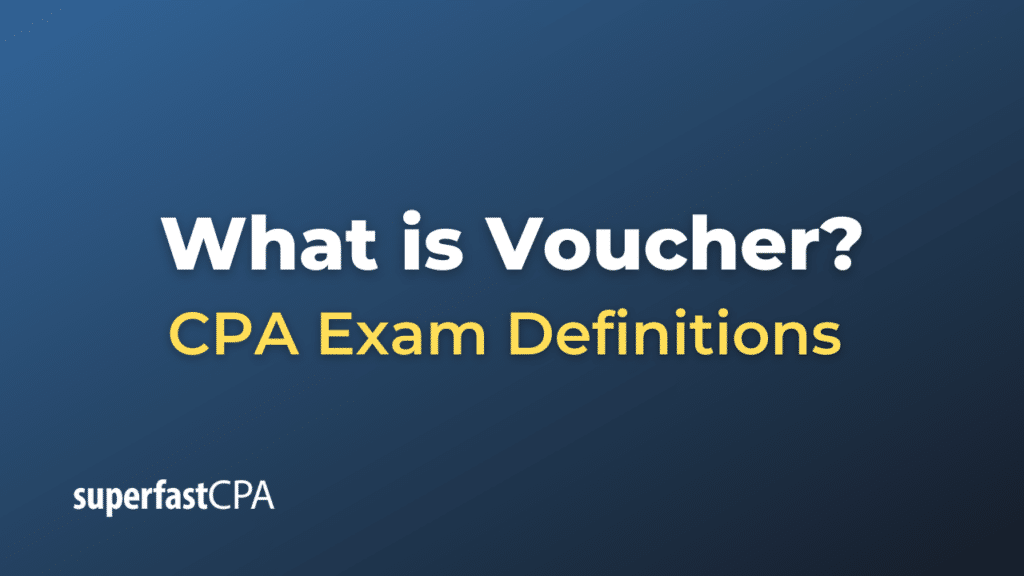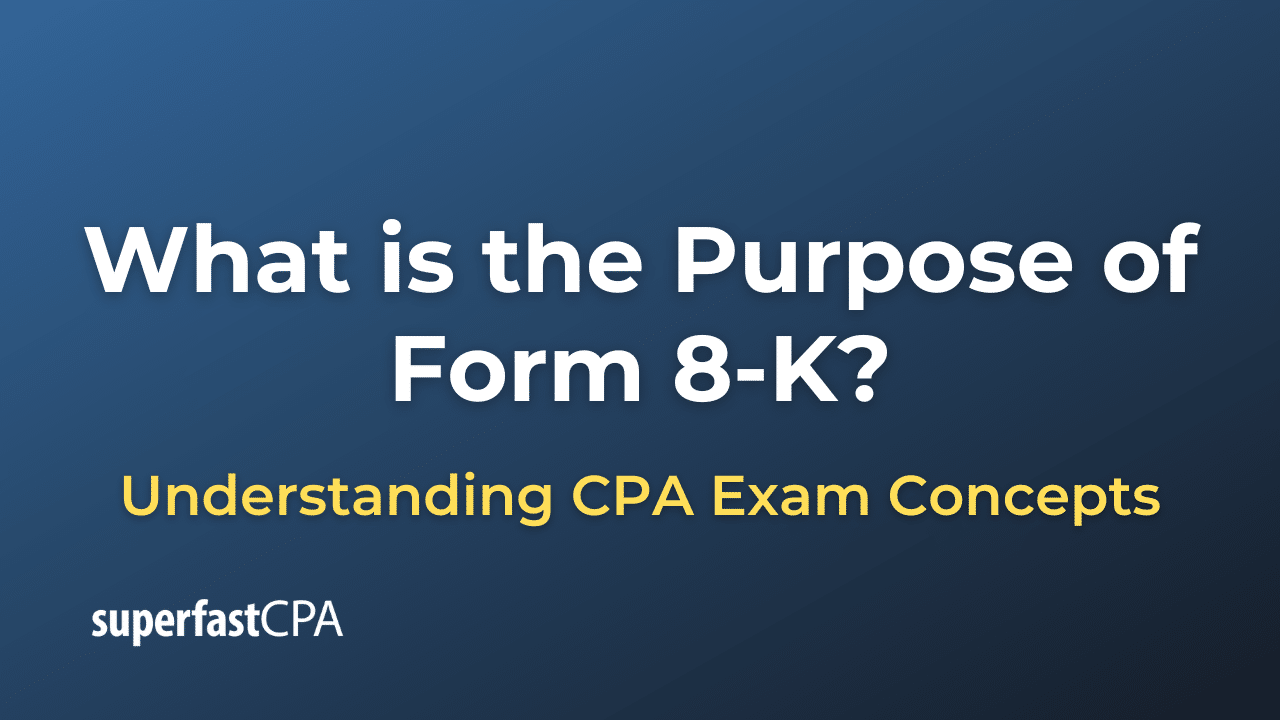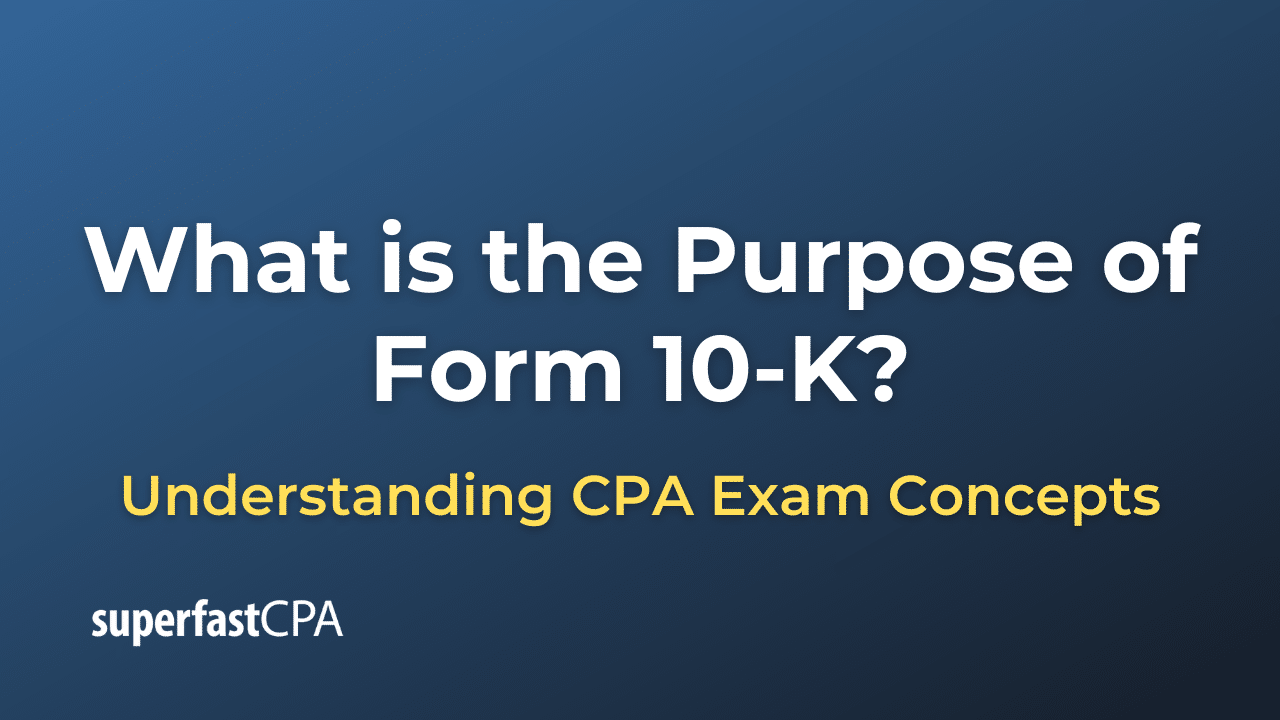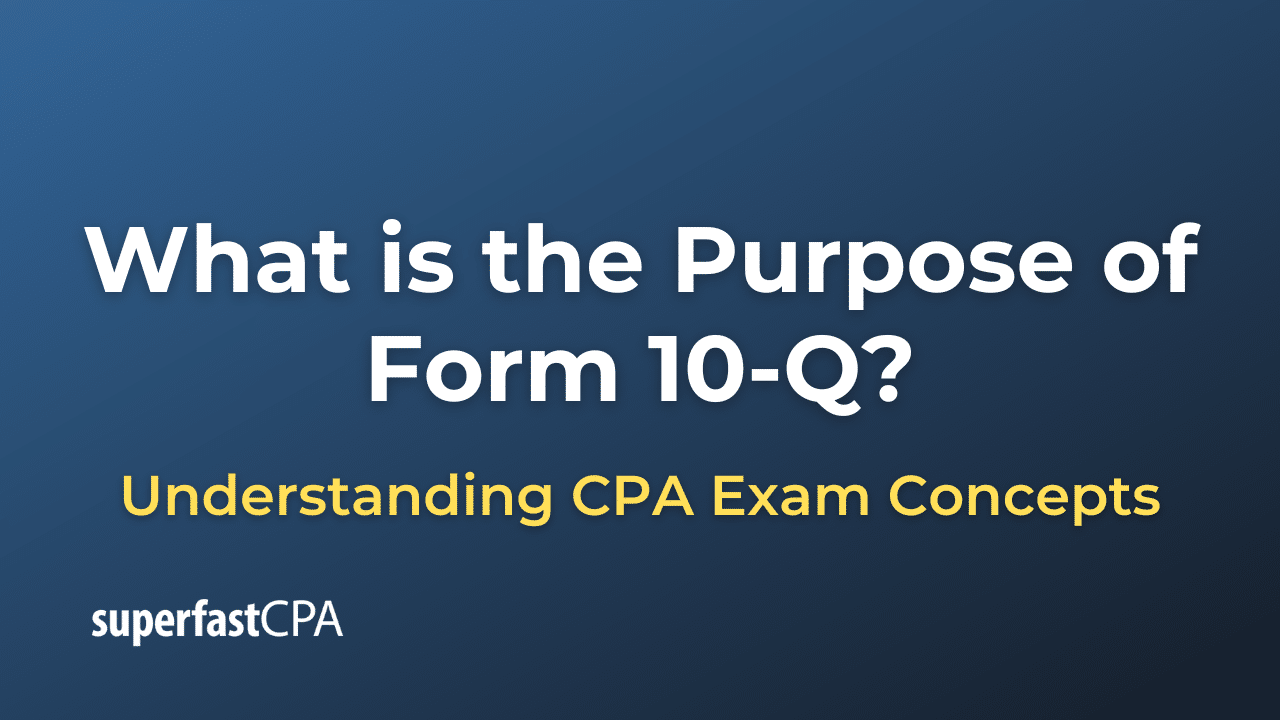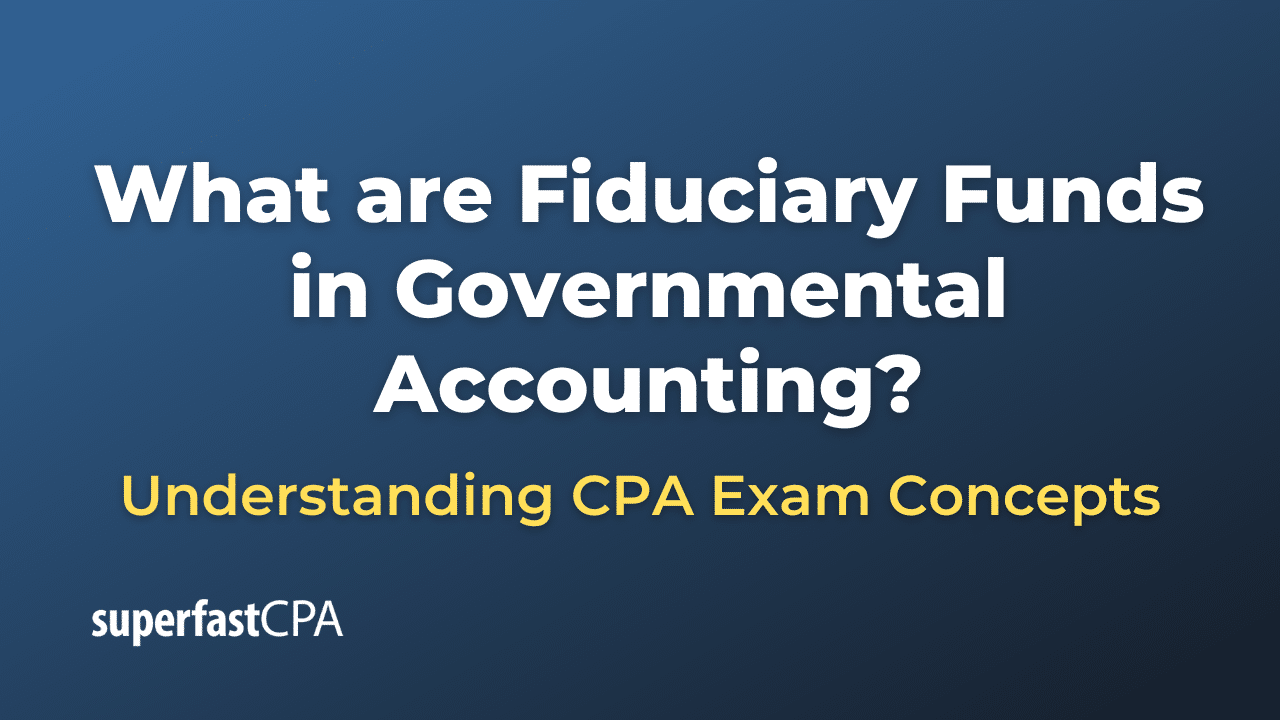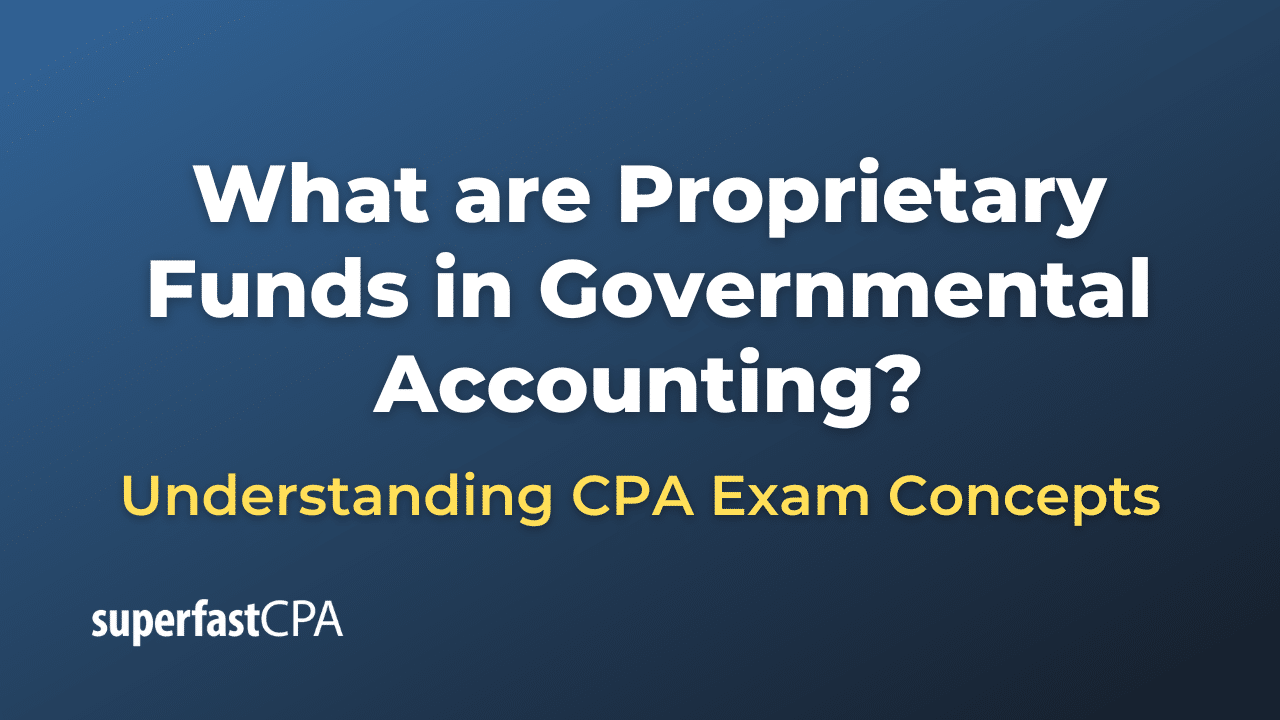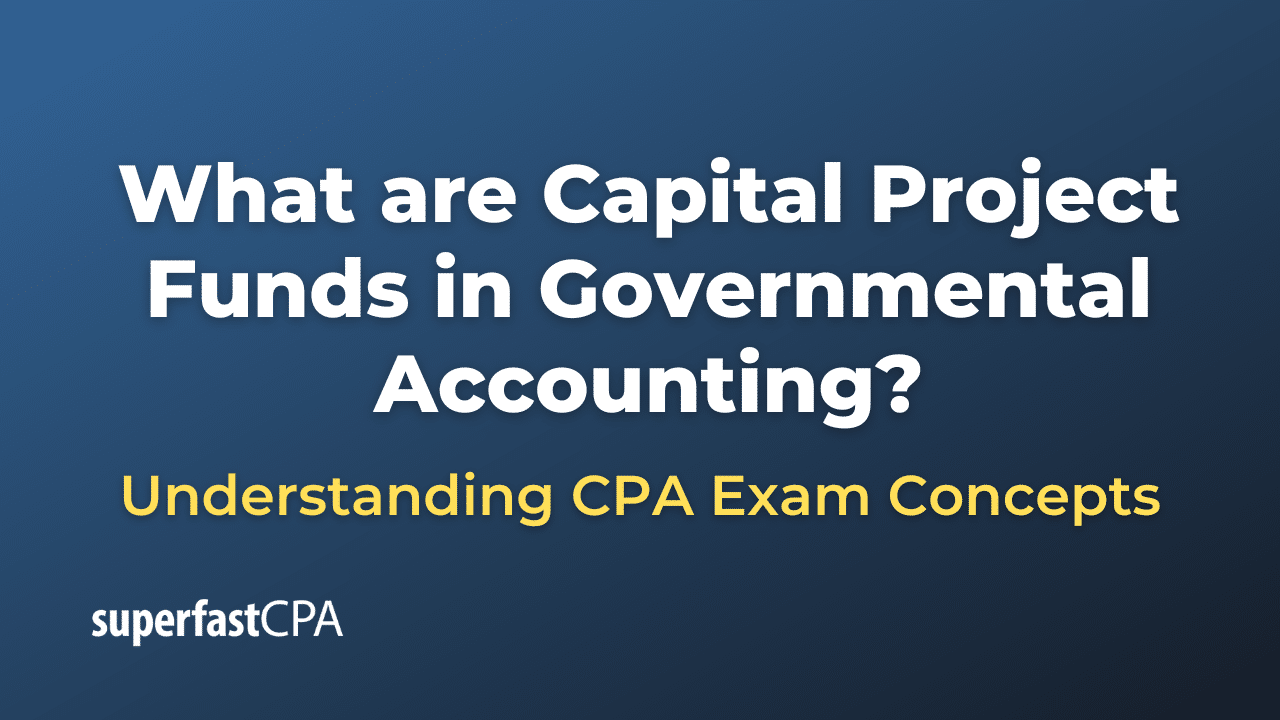Voucher
In accounting and business, a voucher is a document that serves as an authoritative record of a financial transaction. Vouchers are used to authorize payment to vendors and serve as proof that goods or services were received, the price was agreed upon, and the invoice and its amount are correct. A voucher often goes through several departments for approvals and verification before payment is finally made.
Vouchers can be used for various types of transactions and are often part of an organization’s internal controls to ensure that expenses are verified and approved before payment is made. Types of vouchers include:
- Payment Vouchers: These vouchers represent proof of monetary transactions, often used when a company makes payments to vendors.
- Purchase Vouchers: Used when goods are purchased on credit. It will detail the items bought, the supplier, the amount, and the credit terms.
- Receipt Vouchers: These are used to document the receipt of money from certain transactions, such as cash sales or the receipt of an accounts receivable.
- Journal Vouchers: These are used to document transactions that do not involve cash, such as depreciation, provisions, write-offs, etc.
- Expense Vouchers: These vouchers serve as a record of expenses that employees may have incurred on behalf of the company. These could include travel expenses, meal expenses, or any other costs for which the employee will be reimbursed.
Components of a Voucher:
- Vendor Information
- Transaction Date
- Details of Goods or Services
- Amount
- Authorization (signature, approval)
- Payment Terms
- Reference to supporting documents (invoices, purchase orders, etc.)
Example of Voucher
Let’s walk through an example to illustrate the use of a voucher in a typical business setting.
Scenario:
You are the Office Manager at a small software development firm called “CodeCrafters.” The office needs new ergonomic chairs, so you decide to purchase 10 chairs from a vendor called “ComfortSeats.”
Steps:
- Quotation and Purchase Order: You obtain a quotation from ComfortSeats, confirming the cost of each chair and the total cost for 10 chairs. Based on this, you create a Purchase Order (PO) and send it to ComfortSeats for confirmation.
- Goods Received: The chairs arrive at your office. You check the quality and quantity of the chairs against the PO to make sure everything is as agreed.
- Invoice Received: ComfortSeats sends an invoice detailing the cost of the chairs, payment terms, and other relevant information.
- Creating the Voucher: Now, you need to initiate payment to ComfortSeats. To do this, you create a Payment Voucher that includes:
- Vendor Name: ComfortSeats
- Invoice Number and Date
- List of items purchased: 10 ergonomic chairs
- Total Amount: $2,000
- Payment Terms: Net 30 (payment due within 30 days)
- Attachments: Copy of the invoice, delivery receipt, and PO
- Authorization: Your signature as the person initiating the payment
- Approval Process: The voucher is then sent to the Accounts Payable department, where it is verified. After verification, it goes to the Finance Manager for approval.
- Payment: Once approved, the voucher serves as the authorization to process the payment of $2,000 to ComfortSeats. The Accounts Payable department then initiates the payment, either through a check, electronic transfer, or other agreed-upon payment methods.
- Recording and Archiving: After payment is made, the voucher is recorded in the accounting system, and all the related documents are archived for future reference or audits.
Importance:
This voucher serves several critical functions:
- It ensures that the goods were received as ordered.
- It verifies that the cost aligns with the PO and invoice.
- It provides a mechanism for internal controls, requiring multiple approvals before payment.
- It serves as a permanent record of the transaction for accounting and auditing purposes.
Thus, using a voucher in this manner adds a layer of accountability and control over company expenditures.

